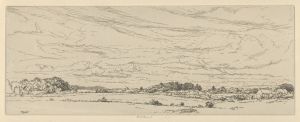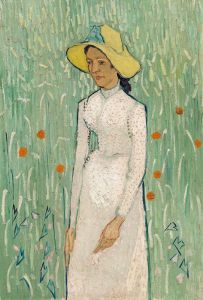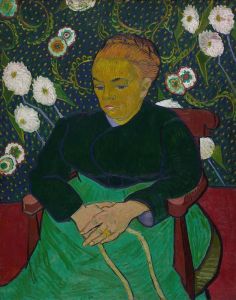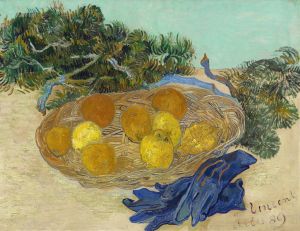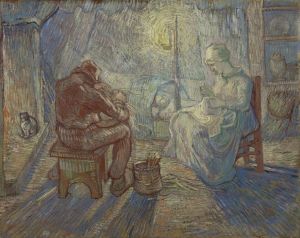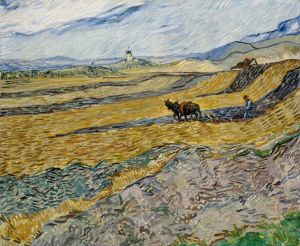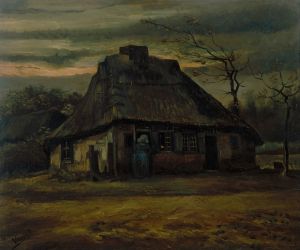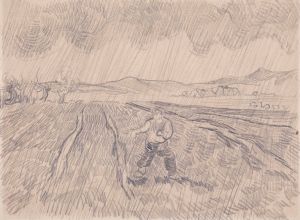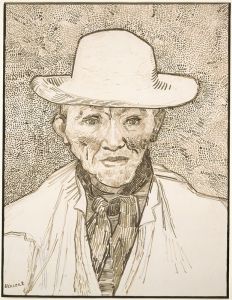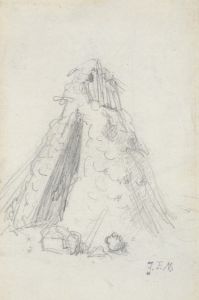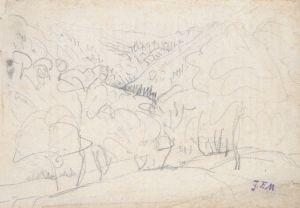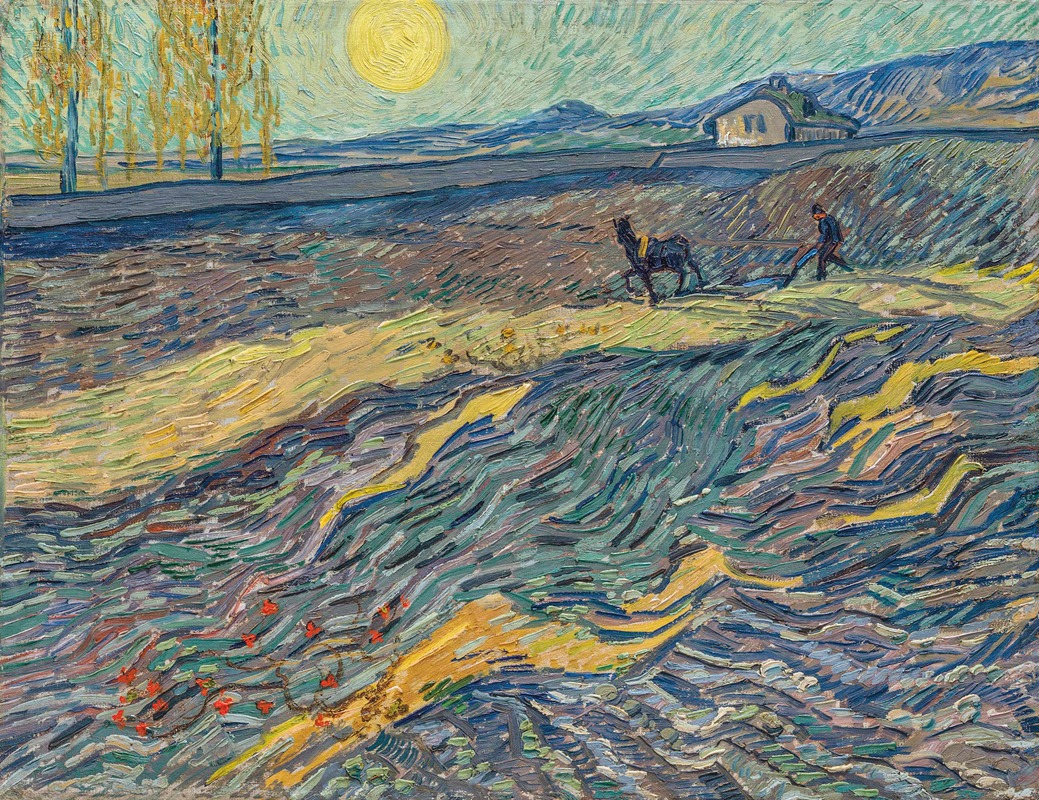
Laboureur dans un champ
A hand-painted replica of Vincent van Gogh’s masterpiece Laboureur dans un champ, meticulously crafted by professional artists to capture the true essence of the original. Each piece is created with museum-quality canvas and rare mineral pigments, carefully painted by experienced artists with delicate brushstrokes and rich, layered colors to perfectly recreate the texture of the original artwork. Unlike machine-printed reproductions, this hand-painted version brings the painting to life, infused with the artist’s emotions and skill in every stroke. Whether for personal collection or home decoration, it instantly elevates the artistic atmosphere of any space.
Laboureur dans un champ (English: Ploughman in a Field) is an oil painting created by the Dutch artist Vincent van Gogh in 1889. The work was painted during Van Gogh's stay at the asylum of Saint-Paul-de-Mausole in Saint-Rémy-de-Provence, France, where he voluntarily admitted himself following a series of mental health crises. The painting is considered one of Van Gogh's significant works from his time in the asylum, reflecting his deep connection to nature and rural life.
The painting depicts a ploughman guiding a horse-drawn plough through a field, set against a backdrop of rolling hills and a bright, dynamic sky. The composition is characterized by Van Gogh's signature expressive brushstrokes and vibrant color palette, which convey a sense of movement and vitality. The scene is believed to have been inspired by the view from Van Gogh's room at the asylum, where he often painted landscapes and rural scenes visible from his window.
Van Gogh created Laboureur dans un champ during a productive period in the late summer or early autumn of 1889, despite his struggles with mental illness. In a letter to his brother Theo dated September 2, 1889, Van Gogh mentioned working on a painting of a ploughman, describing it as a motif that symbolized labor and the connection between humans and the earth. This theme of agricultural work and its harmony with nature was a recurring subject in Van Gogh's art, reflecting his admiration for the rural lifestyle and his interest in the cycles of life.
The painting is notable for its use of bold, rhythmic lines and contrasting colors, which create a dynamic interplay between the earth, sky, and figure. The ploughman and the horse are rendered with a sense of movement, emphasizing the physical effort of ploughing the land. The swirling patterns in the sky and the textured fields are characteristic of Van Gogh's post-Impressionist style, which sought to convey emotional resonance and a personal vision of the world.
Today, Laboureur dans un champ is recognized as an important work within Van Gogh's oeuvre, illustrating his ability to find beauty and meaning in everyday rural scenes. The painting is held in a private collection and has been exhibited in various museums and galleries around the world, allowing audiences to appreciate its artistic and historical significance.





